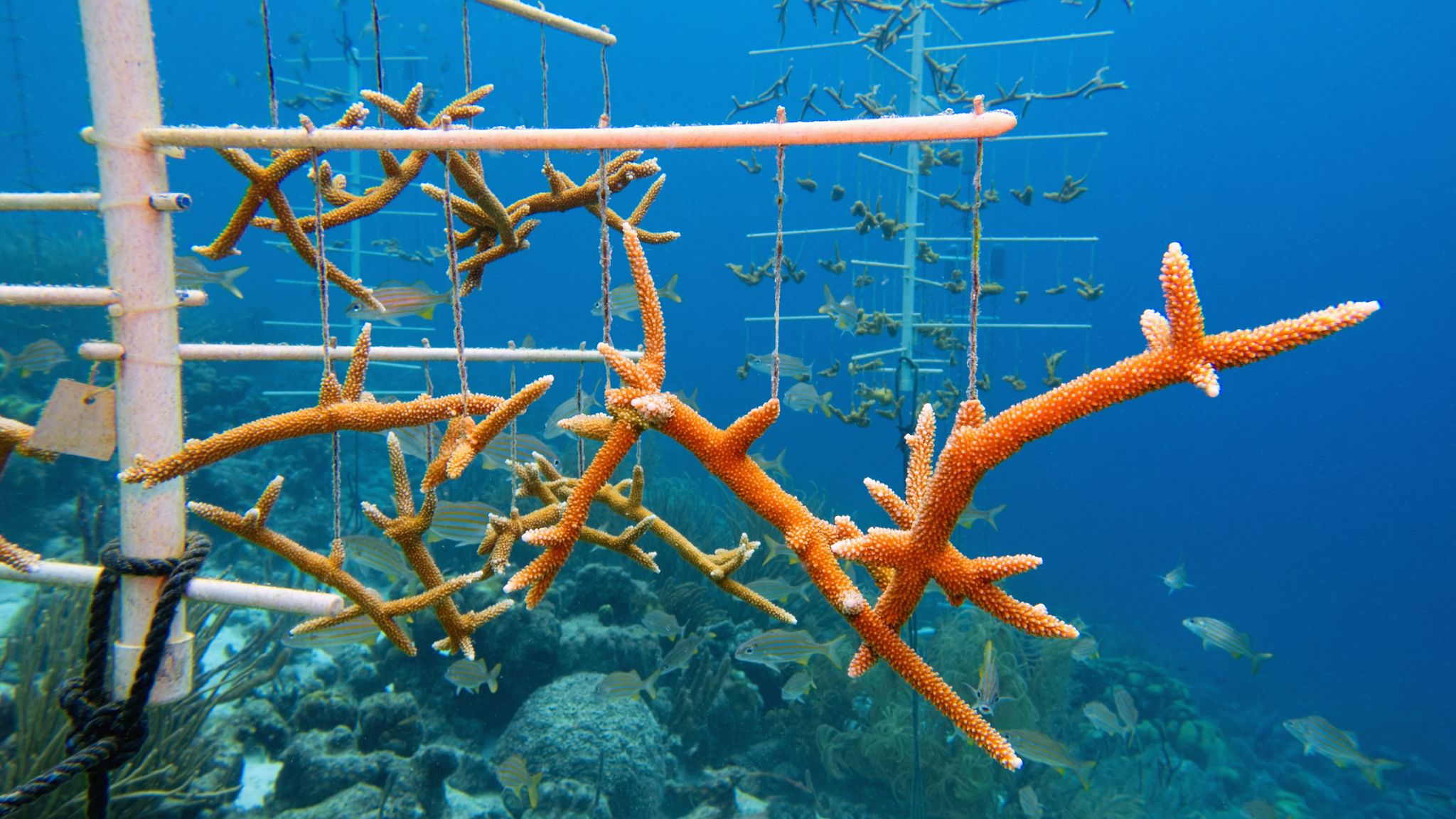How Nonprofits Help Endangered Species: A Comprehensive Guide
The Role of Nonprofits in Conservation
Nonprofit organizations play a crucial role in protecting endangered species around the globe. By focusing on conservation efforts, these organizations work tirelessly to preserve biodiversity and promote sustainable practices. Their efforts include habitat restoration, species monitoring, and public education.
Through collaborations with governments, local communities, and other stakeholders, nonprofits leverage resources and expertise to make a significant impact. They serve as a bridge, connecting various entities with a common goal of conservation.

Habitat Restoration and Protection
One of the primary ways nonprofits contribute to conservation is through habitat restoration. Many endangered species face extinction due to habitat loss, often caused by human activities. By restoring natural environments, nonprofits help create safe havens where these animals can thrive.
Projects may include reforestation, wetland restoration, and the establishment of protected areas. These efforts not only benefit the species directly but also support entire ecosystems, ensuring long-term sustainability.

Species Monitoring and Research
Nonprofits often engage in species monitoring and research to gather essential data. This information is vital for understanding the needs of endangered species and developing effective conservation strategies. By using technology such as GPS tracking and drones, these organizations can monitor animal populations more efficiently.
Research conducted by nonprofits helps to identify threats and assess the health of populations. With this knowledge, conservationists can implement targeted actions to protect vulnerable species.

Community Engagement and Education
Education and community engagement are integral components of nonprofit conservation efforts. By raising awareness about endangered species and their importance, nonprofits empower local communities to take action. Educational programs can inspire individuals to adopt sustainable practices and become advocates for conservation.
Workshops, school programs, and community events are just a few ways nonprofits engage with the public. These initiatives help to foster a culture of conservation, encouraging people to protect the natural world.

Advocacy and Policy Influence
Nonprofits also play a significant role in advocacy and influencing policy. By working with lawmakers and government agencies, they strive to create and enforce regulations that protect endangered species. This includes lobbying for stronger environmental laws and regulations that limit harmful activities.
Through advocacy, nonprofits can bring about systemic change, ensuring that conservation efforts are supported by robust legal frameworks. Their influence can lead to the creation of wildlife corridors, stricter poaching laws, and more.

How You Can Support Nonprofits
Supporting nonprofits in their mission to save endangered species can take many forms. Here are some ways you can contribute:
- Donate: Financial support enables nonprofits to fund critical projects and research.
- Volunteer: Contribute your time and skills to assist with conservation efforts.
- Raise Awareness: Share information about endangered species with your network to inspire others.
- Adopt Sustainable Practices: Make environmentally friendly choices to lessen your impact on natural habitats.
By supporting these organizations, you become a part of a global movement dedicated to preserving the planet's rich biodiversity. Together, we can ensure a future where endangered species not only survive but thrive.